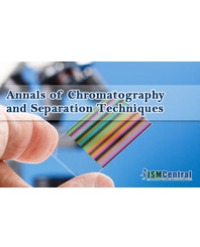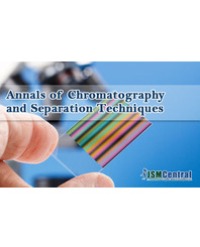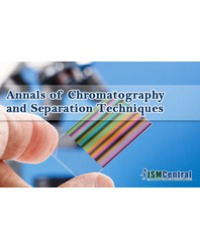
Development and Validation of a Simple and Rapid Reversed Phase Liquid Chromatography Method for Estimation of Pregabalin from Equipment Surfaces Used for Pharmaceutical Manufacturing
A simple and rapid reversed phase HPLC method was developed and validated for estimation of pregabalin from the surfaces of equipment used for pharmaceutical manufacturing. The chromatographic separation was achieved on Waters Symmetry Shield RP18 column (5.0 µm, RP18, 250 mm x 4.6 mm) at 40°C by using isocratic elution using methanol and sodium di hydrogen phosphate monohydrate buffer (pH adjusted to 6.30 with NaOH solution; 0.01M) at flow rate of 0.8 ml/min. UV detection was performed at 200 nm. Water was used as swabbing solvent to extract the drug residues from the stainless steel surface. Texwipe swabs (polyester swab) were used to remove the drug from the stainless steel surface. The method was validated for system suitability, specificity recovery, limit of detection, limit of quantification, linearity, ruggedness and robustness. The recovery values from stainless steel surface were found more than 93.5%. The limit of detection and limit of quantification were 0.20 µg/ml and 0.39 µg/ml respectively. Method was found precise at concentration level 0.3917 µg/ml. Method was found linear from 0.39 µg/ml to 2.7979 µg/ml. The coefficient of correlation was observed 0.9999.
Nitin Kumar¹,², Kalyanaraman L¹, Dignesh Tilavat¹, and Sangeetha D²*



